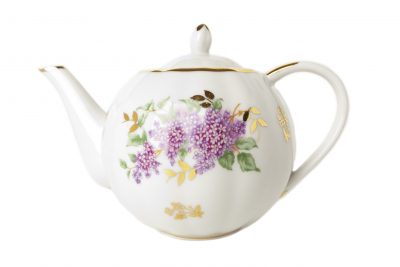
The topic of infection control almost always enters the conversation when I deliver Compassionate Touch training. This training teaches caregivers the skill of expressive touch.
Hand, back, and foot rubs used to be a part of the care process. Seasoned nurses consistently confirm this fact. In contrast, newer nurses and nursing assistants report that expressive touch was not a part of their training.
This lays the foundation to discuss the reasons why older, frail adults lack expressive touch in their lives.
Glove Culture and Expressive Touch
Infection control is consistently cited by skilled nursing employees as a reason for the lack of expressive touch in the lives of older adults. Furthermore, employees fear citations from surveyors for not using gloves.
Megan J. DiGiorgio, MSN, RN, CIC, FAPIC coins the phrase “glove culture”. In addition to the wasteful use of resources, the over-use of gloves increases disconnection and a lack of trust in caregivers, among other negative outcomes.
Burdsall, Deborah Patterson, MSN, Ph.D., identified situations that require the use of gloves. Touching intact, non-infectious skin of older adults in healthcare settings does not require gloves.
Skilled nursing caregivers do expressively touch their residents. Indeed, holding a hand or giving a hug communicates how much we care and provides comfort. We can incorporate more of this excellent medicine of expressive touch in our caregiving practices and still uphold infection prevention standards.
Gloves are not used with Compassionate Touch techniques. I urge those I am teaching to resist the temptation. The benefits of touch would be lost for both the resident and care provider.
Consider evaluating the extent to which gloves are used in your community and understand the unintended consequences. Even more, it seems like this would be a worthwhile QAPI project.
 Julie has worked in Aging Services for over 30 years and has been a Licensed Nursing Home Administrator since 1990. She is a Certified Master Trainer with the AGE-u-cate Training Institute. Through her company Enlighten Eldercare, she provides training and educational programs on elder caregiving to private and professional caregivers. She is an instructor and the Interim Director of Gerontology at Northern Illinois University and lives in the Chicago Northwest Suburb of Mount Prospect, IL.
Julie has worked in Aging Services for over 30 years and has been a Licensed Nursing Home Administrator since 1990. She is a Certified Master Trainer with the AGE-u-cate Training Institute. Through her company Enlighten Eldercare, she provides training and educational programs on elder caregiving to private and professional caregivers. She is an instructor and the Interim Director of Gerontology at Northern Illinois University and lives in the Chicago Northwest Suburb of Mount Prospect, IL.
 Don’t you enjoy being around people who are naturally grateful? Can we cultivate an attitude of gratefulness ourselves? Of course, we can! Practicing gratitude not only is good for our souls but can improve our health and well- being.
Don’t you enjoy being around people who are naturally grateful? Can we cultivate an attitude of gratefulness ourselves? Of course, we can! Practicing gratitude not only is good for our souls but can improve our health and well- being. Caregivers are a unique group of people. Naturally nurturing and compassionate, such empathetic traits can also lead to complex challenges. Creating healthy boundaries is especially tough when you are the type of person that wants to help. Learning when to say yes and how to say no is essential for caregivers to stay physically, emotionally and spiritually healthy.
Caregivers are a unique group of people. Naturally nurturing and compassionate, such empathetic traits can also lead to complex challenges. Creating healthy boundaries is especially tough when you are the type of person that wants to help. Learning when to say yes and how to say no is essential for caregivers to stay physically, emotionally and spiritually healthy. I was very fortunate, for when my sweet mom passed, no one else asked for “the teapot”. It wasn’t particularly pretty, and certainly of no monetary value. But to me it was priceless reminder of the tender moments we had together to talk about an endless number of topics that mothers and daughters share. Often accompanied by a scrumptious homemade sweet, we always had back-up favorites in the freezer so we were never without an accompaniment for our favorite Bigelows “Constant Comment”. When we weren’t chatting and sipping, we would often play a quick game of Yahtzee, Gin Rummy or in latter years, our absolute favorite go- to game, Rumikub.
I was very fortunate, for when my sweet mom passed, no one else asked for “the teapot”. It wasn’t particularly pretty, and certainly of no monetary value. But to me it was priceless reminder of the tender moments we had together to talk about an endless number of topics that mothers and daughters share. Often accompanied by a scrumptious homemade sweet, we always had back-up favorites in the freezer so we were never without an accompaniment for our favorite Bigelows “Constant Comment”. When we weren’t chatting and sipping, we would often play a quick game of Yahtzee, Gin Rummy or in latter years, our absolute favorite go- to game, Rumikub.